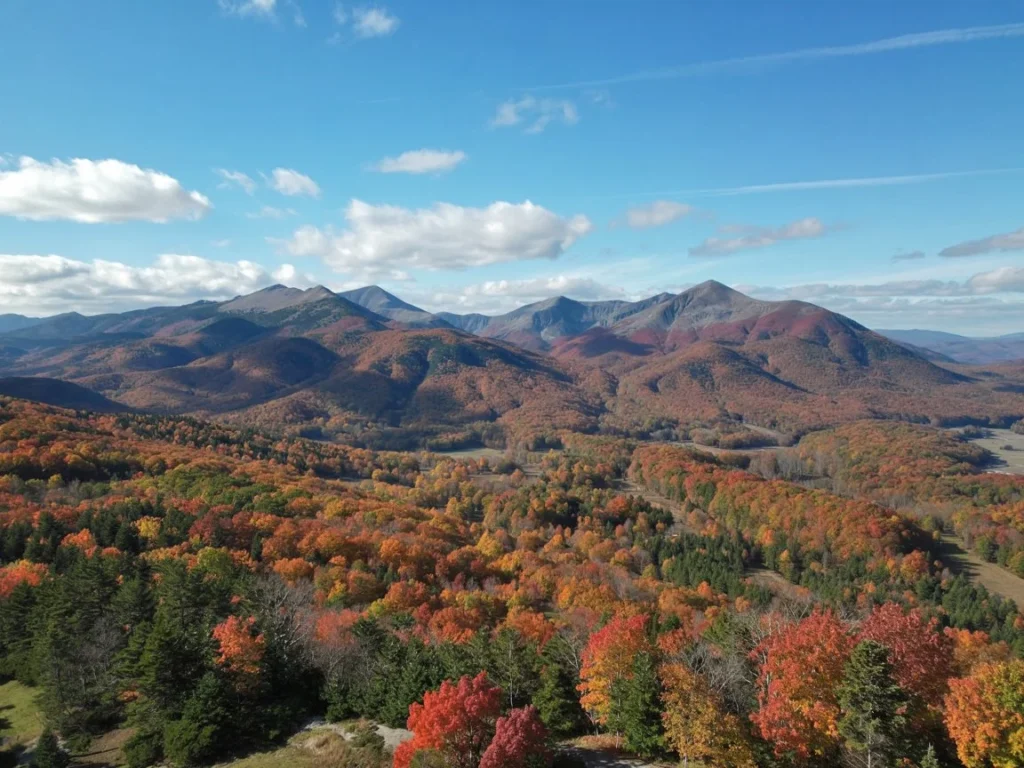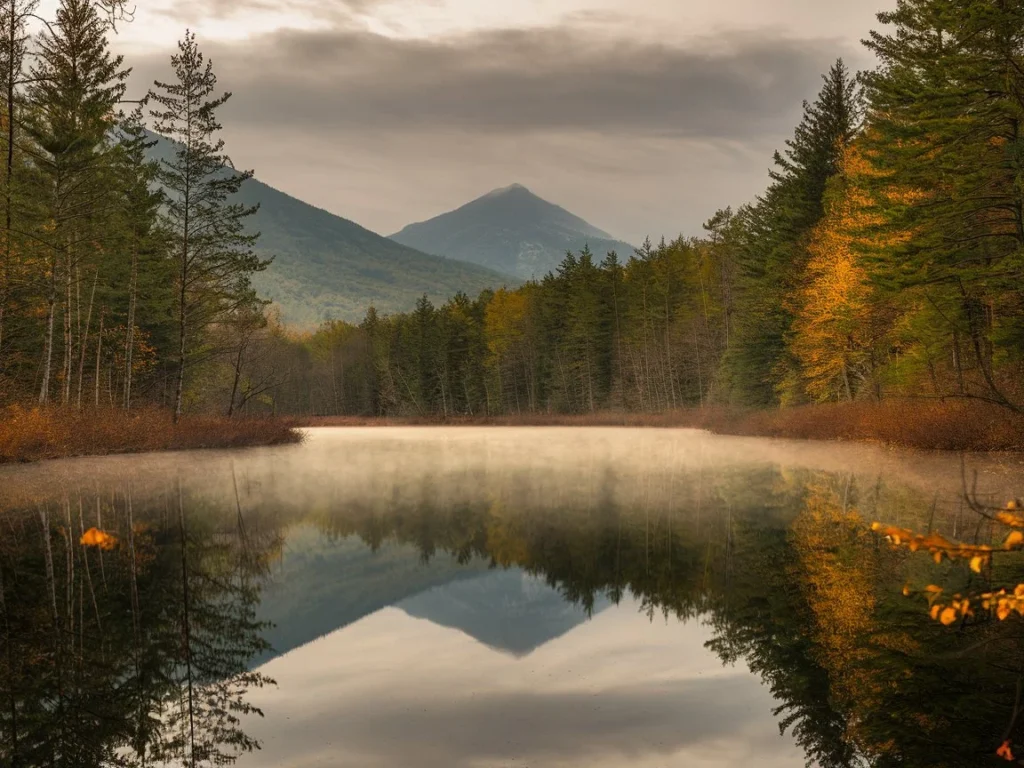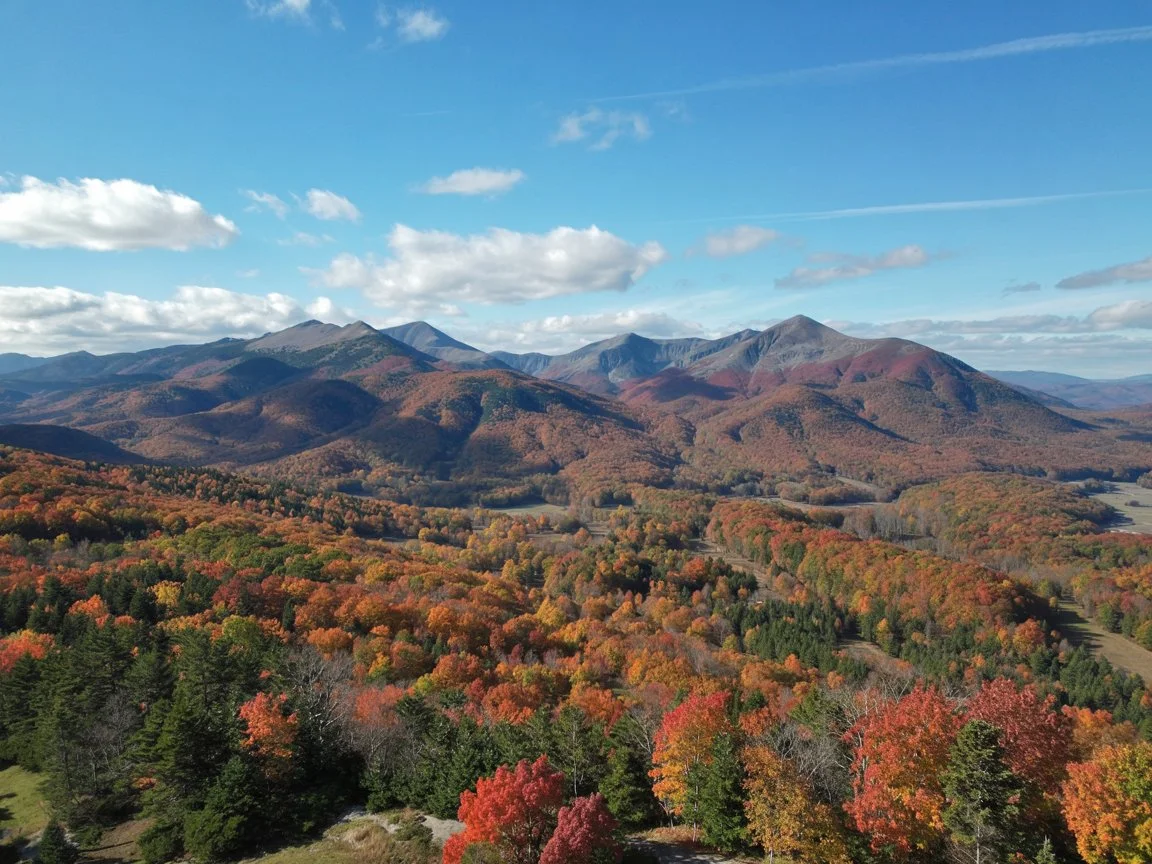The Adirondacks
The Adirondacks are located in northeastern New York State, USA, encompassing a vast wilderness region that often leaves visitors and potential travelers wondering about its exact whereabouts. Despite being one of America’s natural treasures, its sheer size and somewhat remote position can make it less immediately recognizable on the map than other famous mountain regions. This magnificent area draws curiosity not only for its location but also for its breathtaking landscapes, rich biodiversity, and significant place in American conservation history. In this article, you’ll discover exactly where to find the Adirondacks, explore its unique geography, learn about its most notable highlights, and understand what makes this region so special.

1. Locating the Adirondacks on the Map
The Adirondack region occupies the northeastern portion of New York State, covering roughly a quarter of the state’s total land area. This expansive wilderness is bordered by Canada (specifically Quebec) to the north, Lake Champlain and Vermont to the east, and the Mohawk Valley to the south. While the Adirondacks are part of the larger Appalachian region from a geographical perspective, they are geologically distinct, formed from an ancient dome of Precambrian rock rather than the folded sedimentary rock typical of the Appalachians.
One common misconception is confusing the Adirondacks with the Catskills, another mountain range in New York State located further south. It’s also worth noting that despite their impressive peaks, the Adirondacks are completely separate from the Rocky Mountains, which are located thousands of miles west across the continent.
2. Understanding the Adirondack Region
The Adirondack region encompasses over 6 million acres of land, making it the largest protected area in the contiguous United States—larger than Yellowstone, Yosemite, Grand Canyon, Glacier, and Great Smoky Mountains National Parks combined. When people refer to “the Adirondacks,” they might mean either the Adirondack Mountains (the physical mountain range) or the Adirondack Park (the protected area established in 1892).
This stunning landscape features 46 major peaks (known as the High Peaks), more than 3,000 lakes and ponds, 30,000 miles of rivers and streams, and countless wetlands. Unlike many other protected areas, the Adirondack Park contains a unique mixture of public forest preserve lands (designated as “forever wild” by the New York State Constitution) and private lands, including 102 towns and villages where approximately 130,000 year-round residents live.
3. Historical and Cultural Background
The name “Adirondack” originates from a Mohawk word meaning “bark eaters,” originally used as a derogatory term for neighboring Algonquin tribes who would eat tree bark during harsh winters when food was scarce. The region played a significant role in early American industry, with extensive logging and mining operations throughout the 19th century.
During the Gilded Age, the Adirondacks became a fashionable retreat for wealthy New Yorkers seeking escape from urban life. This period gave rise to the famous “Great Camps”—elaborate rustic compounds built by industrial magnates like the Vanderbilts and Rockefellers that established the distinctive Adirondack architectural style still admired today. The area’s rich heritage blends Native American influences with colonial history, creating a unique cultural landscape preserved in local museums and historical sites.
4. Key Cities, Towns & Entry Points
The Adirondack region is dotted with charming towns and villages that serve as bases for exploration. Lake Placid stands out as one of the most famous, having hosted the Winter Olympics twice (1932 and 1980). Other notable towns include Saranac Lake, known for its healing climate and wellness history; Ticonderoga, home to the historic fort; and Old Forge, a popular entry point to the western Adirondacks.
Gateway cities surrounding the park include Albany to the south, Plattsburgh to the north, and Glens Falls to the southeast. For travelers, the Adirondacks are conveniently located approximately 4-5 hours driving distance from New York City and just 2-3 hours from Montreal, Canada. The main access route is Interstate 87 (known as the Northway), though numerous scenic byways provide more picturesque approaches for those not in a hurry.

5. Why People Visit the Adirondacks
The Adirondacks attract visitors year-round with diverse outdoor recreation opportunities. Hiking remains among the most popular activities, with trails ranging from easy walks to challenging climbs across the 46 High Peaks (those exceeding 4,000 feet in elevation). Water enthusiasts enjoy paddling the interconnected lakes and rivers, with the 90-mile Adirondack Canoe Route being particularly famous.
Fall transforms the region into a spectacular display of reds, oranges, and golds, drawing photographers and leaf-peepers from across the country. Wildlife enthusiasts come to spot black bears, moose, bobcats, and over 100 bird species. History buffs explore Fort Ticonderoga, Olympic venues, and museums documenting the region’s past. For many, though, the quintessential Adirondack experience is simply staying in a rustic cabin surrounded by forest—a perfect retreat from modern life’s constant connectivity.
6. Why It’s More Than Just a Mountain Range
The Adirondacks represent far more than a geographical feature on a map—they embody a distinctive lifestyle and community. Local residents take pride in their resilience, resourcefulness, and deep connection to the land. Ecologically, the region serves as an essential refuge for plant and animal species, with diverse habitats ranging from alpine summits to boreal bogs.
Perhaps most importantly, the Adirondack Park stands as one of America’s greatest conservation success stories—a pioneering model for balancing environmental protection with sustainable human use. This blend of preserved wilderness and living communities creates a unique environment where visitors can experience authentic mountain culture alongside pristine natural settings, making the Adirondacks much more than a typical mountain destination.

7. Adirondack Cabins: The Ultimate Mountain Experience
Staying in an Adirondack cabin offers an authentic immersion into mountain living. These accommodations range from rustic century-old log cabins to modern luxury retreats with panoramic views. Many cabins feature iconic Adirondack elements—stone fireplaces, exposed timber beams, and handcrafted furniture made from local materials. Lakefront options provide private docks and water access, while forest cabins offer secluded settings among towering pines. Cabins are available year-round, each season offering unique charms—summer swimming, fall foliage viewing, winter coziness with snow-covered landscapes, and spring wildlife watching. Whether you’re seeking a romantic getaway, family vacation, or solo retreat, Adirondack cabins provide a perfect base for exploring the region. Many visitors find that the cabin experience itself—waking to birdsong, evening stargazing, and disconnecting from digital distractions—becomes the most memorable part of their Adirondack adventure.
Conclusion
The Adirondacks are nestled in northeastern New York State, offering an unparalleled natural escape with their immense protected landscapes and abundant recreational opportunities. Whether you’re seeking adventure on mountain trails, tranquility on pristine lakes, or cultural insights through historic sites, this remarkable region delivers experiences that leave lasting impressions. As you plan your next outdoor getaway, consider exploring the wild beauty and authentic charm that make the Adirondacks one of America’s most treasured natural regions.

